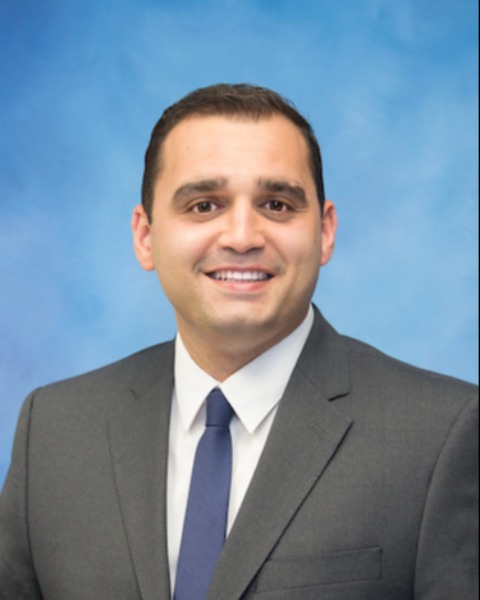Utility of Repeat Head CT on Mild Traumatic Brain Injury Patients
-
CW
-

-
SO
Samantha Olafson, MD
Surgical Resident
Einstein Healthcare Network, United StatesDisclosure information not submitted.
-
AG
-
PL
Pak Shan Leung, MD, MS, FACS
Associate Chair of Trauma and Surgical Critical Care
Einstein Medical Center Philadelphia, United StatesDisclosure information not submitted.
-
JS
Jay Strain, MD, FACS
Assistant Professor of Surgery
Einstein Healthcare Network, United StatesDisclosure information not submitted.
-
BM
Benjamin Moran, MD, FACS
Trauma and Acute Care Surgeon
Einstein Healthcare Network, United StatesDisclosure information not submitted.
-
AP
Afshin Parsikia, MD, MPH
Director of Surgical Research
Einstein Healthcare Network, United StatesDisclosure information not submitted.
-
MK
Mark Kaplan, MD
Chair of Trauma and Surgical Critical Care
Einstein Medical Center Philadelphia, United StatesDisclosure information not submitted.
First Author(s)
Co-Author(s)
Title: Utility of repeat head CT on mild traumatic brain injury patients
Background: Patients presenting with traumatic intracranial hemorrhage (ICH) routinely undergo repeat head CT scans with the goal of identifying progressing hemorrhage early and providing timely intervention. Glasgow Coma Scale (GCS) score and Abbreviated Injury Score (AIS) are typically used to grade the severity of TBI and triage subsequent management. However, most patients receive a repeat head CT scan within 6 hours of the initial insult, regardless of these clinical scores. We investigated the yield of a repeat CT scan, for mild blunt TBI (GCS 13-15, AIS 1-2) in light of increased healthcare cost and radiation exposure.
Methods: This was a single-center retrospective chart review at a level 1 trauma between January 2012 to October2020. Our primary outcome was the need for medical or surgical intervention directly resulted from change in CT head findings. Secondary endpoints included discharge disposition and length of stay (overall and ICU). We used multivariate regression to identify predictors of surgical and medical intervention.
Results: 234 mild TBI patients met inclusion criteria. 33.7% of all patients had worsening ICH. 7.7% of patients required a surgical intervention, and 27.4% received a medical intervention. Multivariate analysis found that a decline in GCS during hospital stay (OR 8.64, p< .001), and polytrauma (ISS > 15; OR 3.32, p=.038) predicted surgical intervention. Worsening ICH did not reach statistical significance to predict surgical intervention. Patients that received a medical intervention were more likely to have a decline in GCS (OR 2.53, p=.02) and older (age >65, OR 2.06, p=.02). Worsening ICH was not statistically significant for a medical intervention.
Conclusion: In the population of blunt traumatic injury, worsening ICH was not predictive of surgical or medical intervention. Changes in neurologic examination are more useful. Data suggests that routine CT scan for this population is low yield and decision to repeat it should be guided by clinical exam. Clinical exam remains the most useful tool in these patients.
